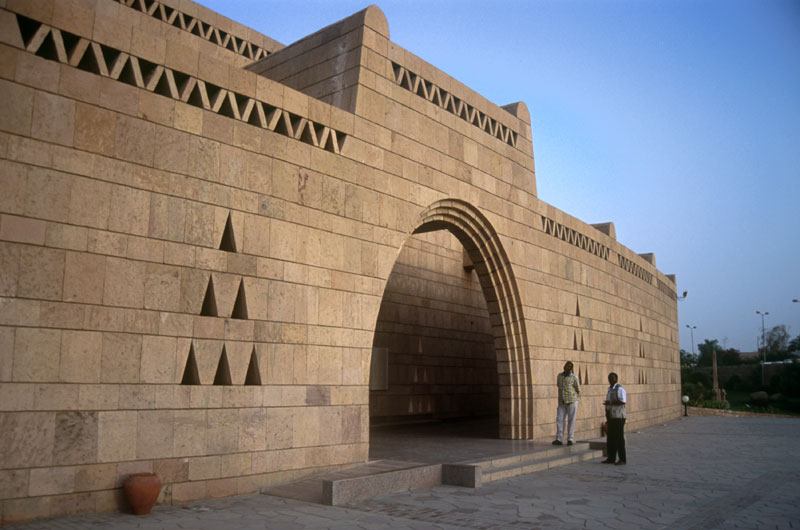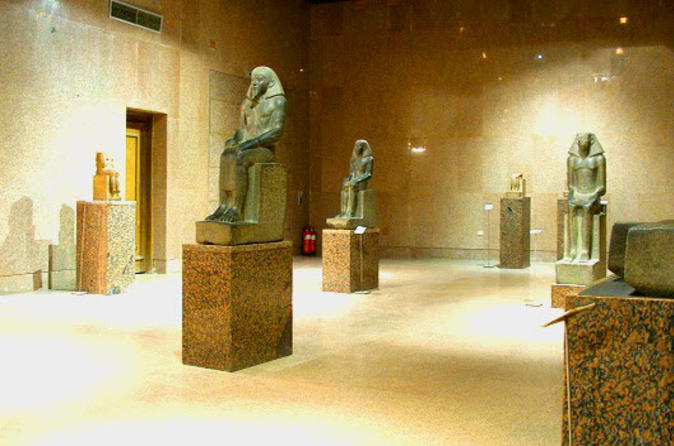Aswan, south of Egypt, is the home of a wonderful culture called Nubia. Nubians people have their own traditions, language and life style. Their culture was a result of ancient Egyptian and African culture engagement, when the South Africans migrated up to Egypt and settled there in the time of pharaohs. They still practice some of their own traditions which are deeply related to ancient Egyptians until our day. We have discussed their life style in details in the Nubian villages article, but in this one we’ll the treasures of Nubia displayed in Nubian museum Aswan.

The Nubian museum Aswan Aswan city
The Rock Nile islands feature granite boulders, small mountain terrains, and hot sunny weather. Designer Mahmud Al Hakim created a museum structure that blends seamlessly into this challenging environment. The Nubian Museum in Aswan opened in 1977 and spans 50,000 square meters. Built in authentic Nubian style, the museum preserves ancient and modern Nubian artifacts and monuments from Nile floodwaters.
The museum displays over 2,000 items across three sections. Visitors are immediately drawn to the historical statues and rocks in the garden, situated beside a cave with ancient drawings and writings. On the ground floor, the reception hall and exhibition hall showcase Nubian artifacts dating back to 35,000 B.C. Meanwhile, the first floor features a cultural activity hall, an information center, and an additional exhibition area.
To enhance the visitor experience, the Nubian Museum divides its exhibits into three sections based on chronological sequence. This arrangement simplifies the tour for visitors.
Section A:
the section elaborates the relationship between Egyptians and Nubians which was based mainly on trading some of raw materials, ivory and wood.
Section b:
the section is about the beginning and rising of the Nubian civilization
The Ballana section:
when the Ptolemaics took over Egypt, they were able to control parts of Nubia and constructed some of Aswan attractions, Philae temple, kalabsh and Dekka. The people of Nubia left North seeking for more secured life and established the Ballan civilization. The leftovers of this civilization was rescued and displayed now in the Nubian museum Aswan .
Saving the treasure of Nubia
The Nubian lands faced threats from Nile floods after the construction of the High Dam. Each time the Egyptian government renovated the dam, floodwaters inundated the surrounding Nubian lands. Consequently, UNESCO intervened to protect thousands of years of civilization and the pharaonic temples.
UNESCO’s executive committee launched an international team for this task. Known as the “Nubian Rescue Campaign,” this effort marked the largest relocation process in UNESCO’s history. The mission was challenging and took over 20 years to complete. Nevertheless, the team successfully relocated the monuments to safety, away from the Nile’s high waters.

How to get there
The Nubia museum is one of Aswan main attractions and since our travel to Egypt Company is responsible to provide you itineraries with the most selective destinations in Egypt. We have organized Aswan day tours and Nile river cruises that include a visit to this amazing site









